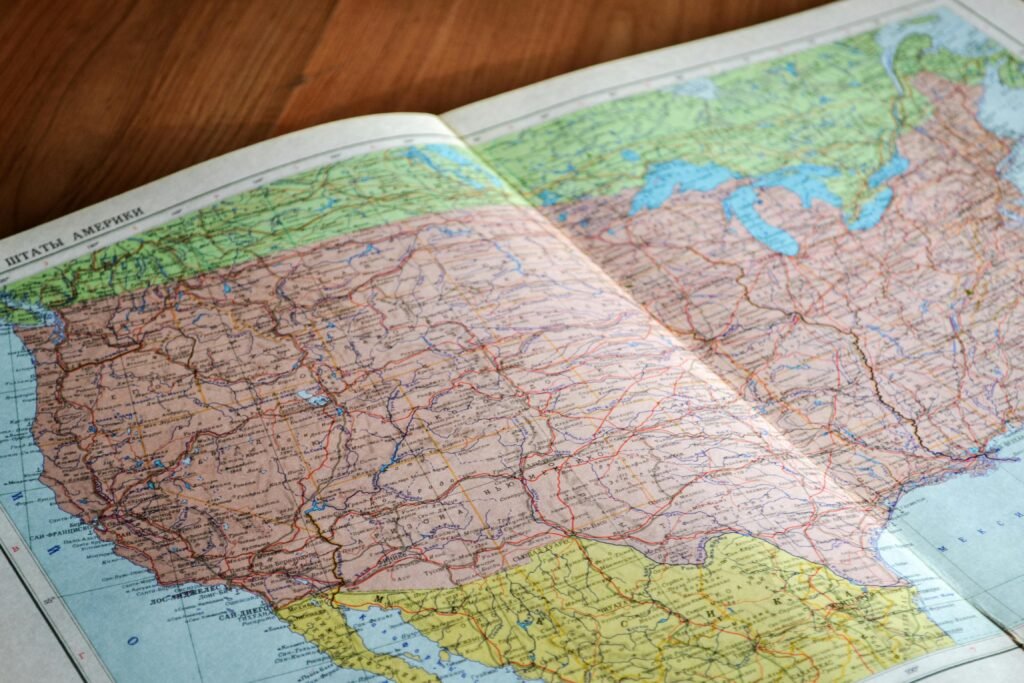
Maps have always been more than mere tools for navigation. They are silent witnesses to humanity’s story — to how cities expand, empires fall, and coastlines retreat. Each line, each color, each border tells a fragment of time. When we study maps, we don’t just look at geography — we’re looking at history itself.
Cities Through Time: Tracing Urban Evolution
Cities are living organisms. They grow, shift, and reshape the world around them.
Old maps of Jakarta, London, or Tokyo reveal more than just roads — they show ambition, migration, and the pulse of human progress. Within decades, humble fishing villages become megacities, their maps turning denser with every new street and skyline.
Through maps, we can trace how human ambition transforms space — and, in return, how space transforms us.
Shifting Borders: The Lines That Tell Stories
Borders are often mistaken for permanence, yet history shows otherwise.
A single redrawn line can redefine nations, identities, and lives. Political maps from different eras expose this fragility — borders shifting with treaties, wars, and revolutions.
To read a historical map is to witness negotiation, conflict, and compromise. It reminds us that maps are not neutral; they carry the fingerprints of power.
Nature’s Memory: When the Earth Remembers
Beyond politics and cities, nature keeps its own cartographic diary.
Ecological maps record what the planet has lost and what still remains — forests that once covered continents, rivers that have changed course, coastlines that have faded under rising seas.
These visual archives reveal how the Earth responds to time, temperature, and human touch. Each layer of a map becomes a chapter in nature’s autobiography.
Reading the Past to Predict the Future
Scientists use old maps not only to understand the past but also to foresee what comes next.
By analyzing changes in urban growth, deforestation, or ice coverage, they can model future transformations. The map becomes both a history book and a forecasting tool — one that connects yesterday’s decisions to tomorrow’s consequences.
Through geographic data, humanity gains the power to anticipate and adapt.
Every Map Is a Mirror of Time
A map is more than a surface marked with symbols — it is a time machine, carrying echoes of civilizations and ecosystems long gone.
When we unfold a map, we hold centuries of motion in our hands. It teaches us that the world is never still — and that our place within it is always evolving.
To study maps is to study change.
And through change, we learn to see not only the planet’s history — but our own.
